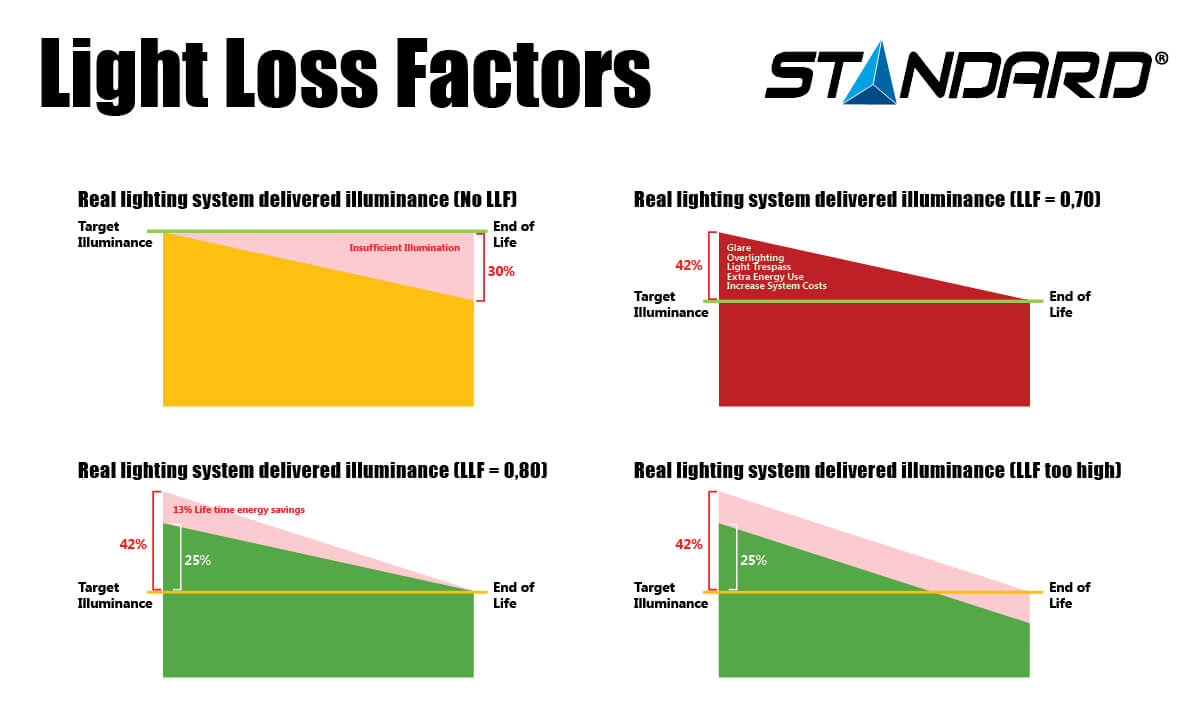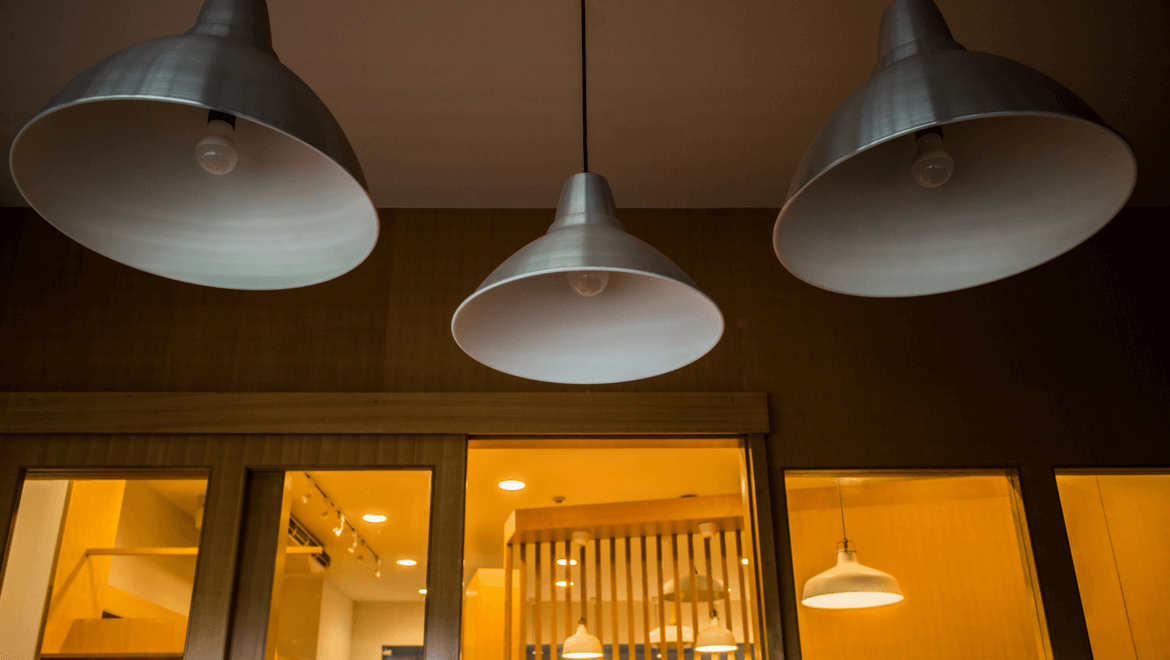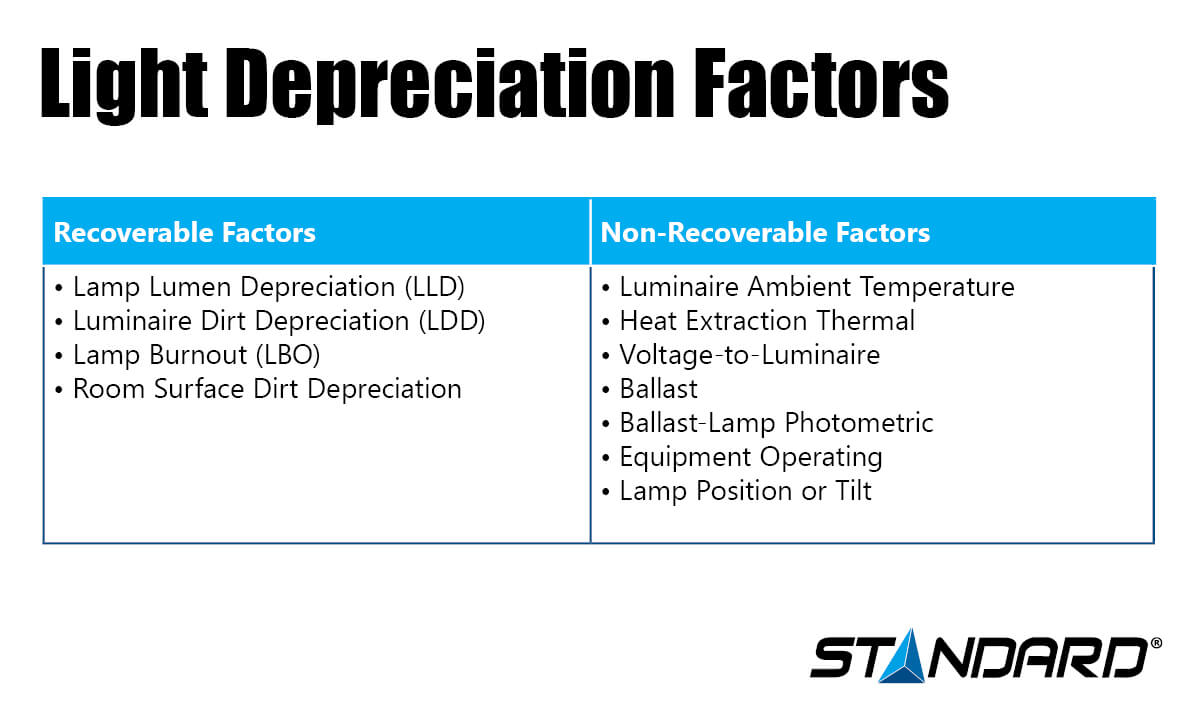Do you often get the impression that your light is not dispersing as much light as it did when you first got it? Does the brightness of this lamp differ from one moment to the next, or from one room to another? If that’s the case, these variances are likely caused by a reduction of light known as optical loss.
Let us learn more about the significance of optical loss, the factors that impact this depletion of light, and ways to control this loss.
Definition of Optical Loss
An assessment of light reduction allows us to measure a given light source’s decreased luminosity. Due to several operational and environmental factors, light intensity is often affected by the course it takes between lamp and targeted surface. The end result may differ from what was anticipated. When a lighting professional gives advice about a lighting solution or when he installs this system, he must consider various normal or abnormal conditions that might influence the reduction of light. He or she must then select the light system that offers the optimal amount of light.

Factors that Impact Loss of Light
Line Voltage Fluctuations
Fluctuations of the electrical voltage that powers the light source are considered one of the main factors that influence the reduction of light. Indeed, when the voltage declines or increases, it influences the degree of light produced and may thus result in a variance of brightness.
Lamps and Ballasts in a System
When both lamps and ballasts work jointly in a single system, they incur a loss of brightness. This is what is known as the ballast factor. This factor is actually the ratio of a lamp’s ballast-powered luminous flux to this same lamp’s related ballast-powered luminous flux. For instance, a 0.80 ballast factor would power 80% of a lamp’s lumens.
Operating Temperature
Temperature can also cause loss of luminosity. A lamp’s overly high or excessively low operating temperature, as well as the temperature of a given room, are elements that may alter fluorescent lighting and reduce its luminous flux.
Lamp Depreciation
The wear and tear of a lamp will affect the amount of light radiated. For example, the lamp coating colour may fade or fluctuations of the electrical current may increase. These fluctuations transform ambient lighting in much the same way as the presence of impurities and dust particles in a lighting system. In addition, as the lamp ages, a
decline in lumens occurs. Over time, loss of brightness is expected.
How to Avoid Loss of Light?
It is impossible to prevent certain types of deterioration such as the inherent ageing of a lamp. However, prevention of other forms of deterioration is feasible. Following are a few elements that can be controlled:
Examine the Specifics of a Light
To maximize the output of a luminaire, a simple solution is to follow the specific guidelines defined by the manufacturer. For example, use the lighting system in a space that conforms to the conditions stipulated, as well as the ideal standard temperature settings.
Use Luminaires that Control the Accumulation of Dust
The IP65 standard was established for dusty and damp environments, both indoors and outdoors. The use of a luminaire that conforms to this standard helps
decrease loss of light caused by accumulated dust. It also prevents the intrusion of contaminants inside the luminaire as well as its components.
Perform Regular Maintenance
Regular maintenance of lighting systems remains an effective way of offsetting decreased luminosity. Replacing a light bulb or a defective electrical component might even breathe a second wind in this system. It prevents the cost of replacing the item and gives a room the bright light it deserves. In the end, optical loss is a natural and unavoidable phenomenon. Many elements might cause this loss of light. However, we need only keep them in mind and put preventive methods to use in order to take full advantage of all-inclusive lighting.


